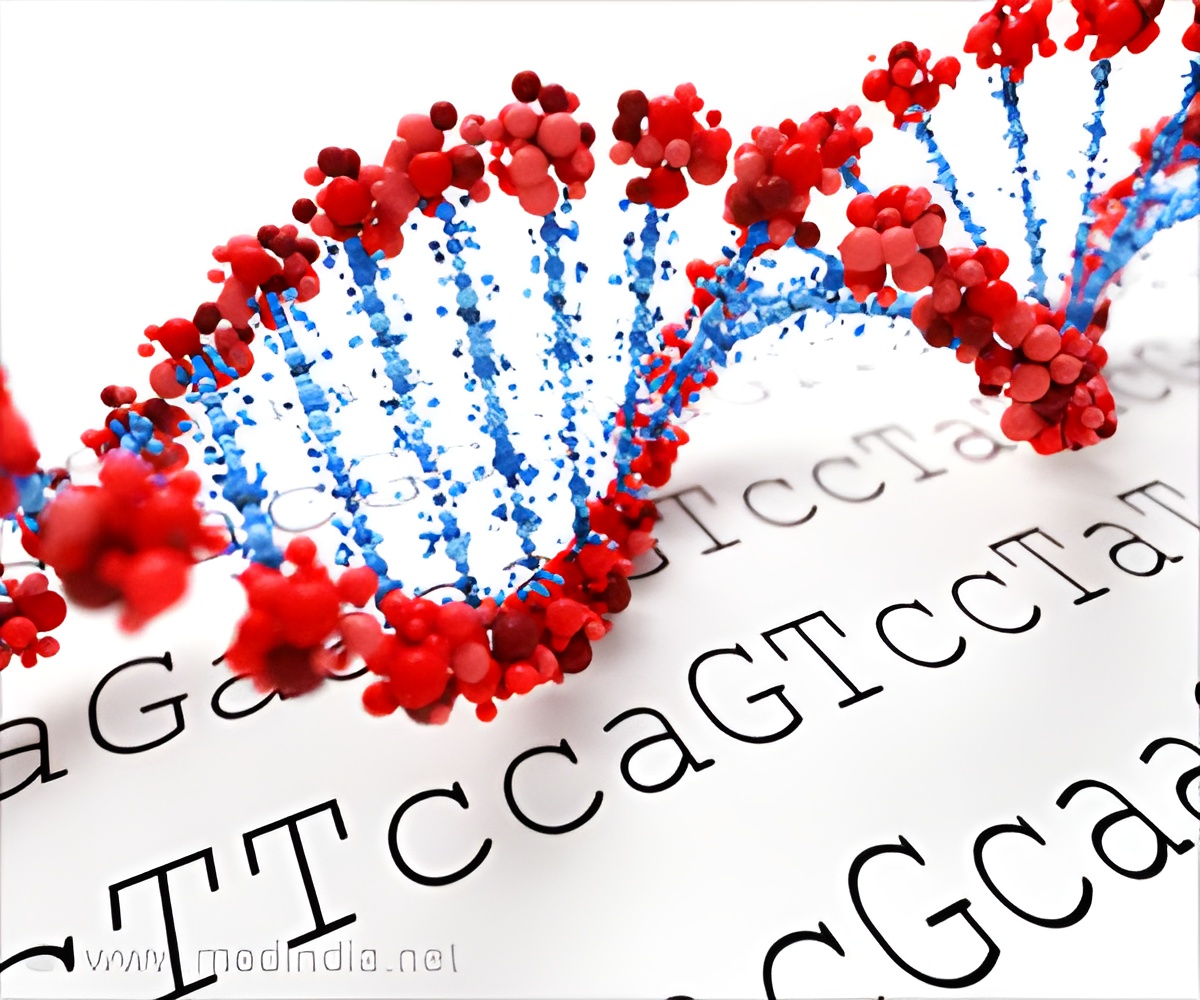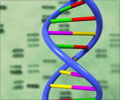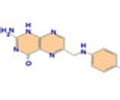The study may help build point-of-care devices for quick medical diagnosis of various diseases ranging from cancer to sexually transmitted diseases.

The study published the Journal of the American Chemical Society explains that the new technology may also drastically impact global health, due to its potential low cost and easiness of use.
The rapid and easy-to-use diagnostic tests are made of DNA and use one of the simplest force in chemistry, steric effects – a repulsion force that arises when atoms are brought too close together – to detect a wide array of protein markers that are linked to various diseases. The tests were created by the research group of Alexis Vallee-Belisle, a professor in the Department of Chemistry at University of Montreal.
“Despite the power of current diagnostic tests, a significant limitation is that they still require complex laboratory procedures. Patients typically must wait for days or even weeks to receive the results of their blood tests. The blood sample has to be transported to a centralized lab, its content analyzed by trained personnel, and the results sent back to the doctor's office. If we can move testing to the point of care, or even at home, it would eliminates the lag time between testing and treatment, which would enhance the effectiveness of medical interventions,” Vallee-Belisle said.
The researchers said that the key breakthrough underlying this new technology came by chance.
"While working on the first generation of these DNA-base tests, we realized that proteins, despite their small size (typically 1000 times smaller than a human hair) are big enough to run into each other and create steric effect (or traffic) at the surface of a sensor, which drastically reduced the signal of our tests. Instead of having to fight this basic repulsion effect, we instead decided to embrace this force and build a novel signaling mechanism, which detects steric effects when a protein marker binds to the DNA test," said Sahar Mahshid, postdoctoral scholar at the University of Montreal and first author of the study.
Advertisement
Source-Medindia









